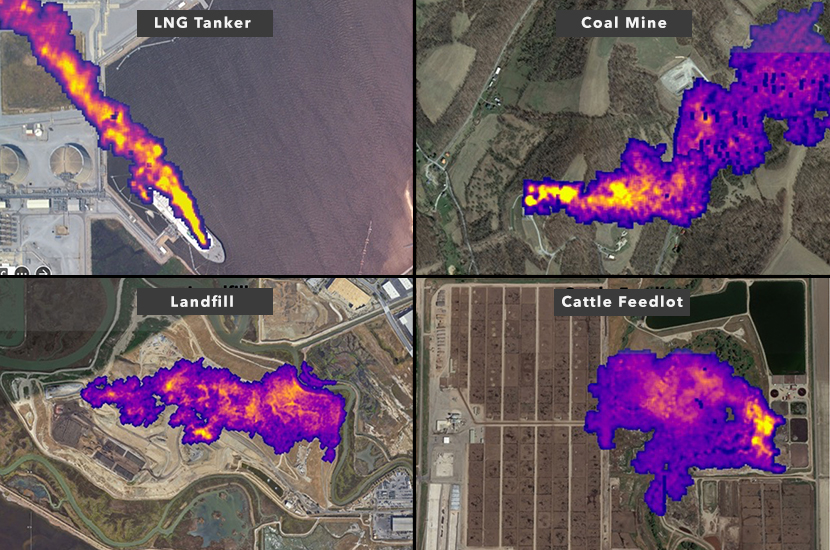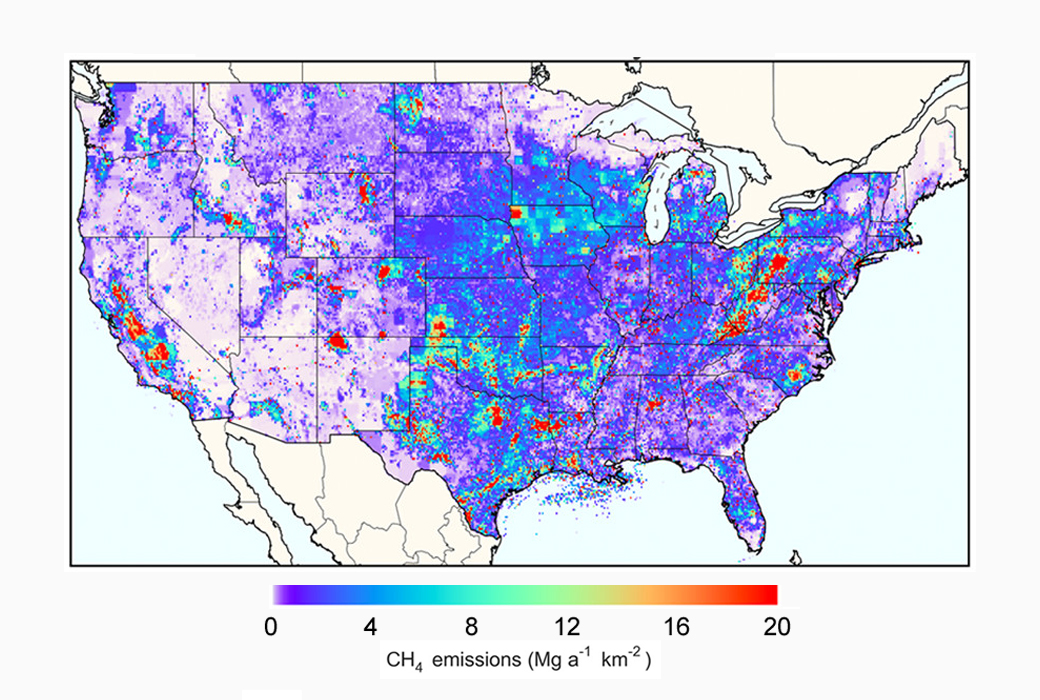Atmosphere
About Atmosphere
Atmospheric Flux activities have focused on developing new methods for estimating carbon fluxes, characterizing key sources of uncertainty, and deploying new measurements to support flux evaluation. CMS flux products represent both bottom-up (e.g. process models, inventories combined with land surface remote sensing data) and top-down (atmospheric inversion) approaches.
NASA research has also supported more advanced quality assurance and verification of methane estimates. Colorless and odorless, methane leaks are hard to detect without scientific instruments. CMS-funded research has used atmospheric observations to assess national inventories for the U.S., Canada, and Mexico.
See how NASA's Carbon Monitoring System contributes to meeting the needs of the climate data user community.

Multiscale Methane Observing System
A methane observing system combines Satellite (TROPOMI) regional scale flux inversions with aircraft (GAO and AVIRIS-ng) point source quantification to determine contribution of strong point sources to regional total emissions.

National Methane Inventory
National methane inventory for the United States is mapped using a rigorous inverse top-down analysis to test the national methane emission inventories reported by the agencies to the United Nations.

Improved Carbon Monitoring Datasets
Improved carbon monitoring datasets combine satellite CO2 observations with advanced models and data assimilation systems to create complete information in support of climate policies.